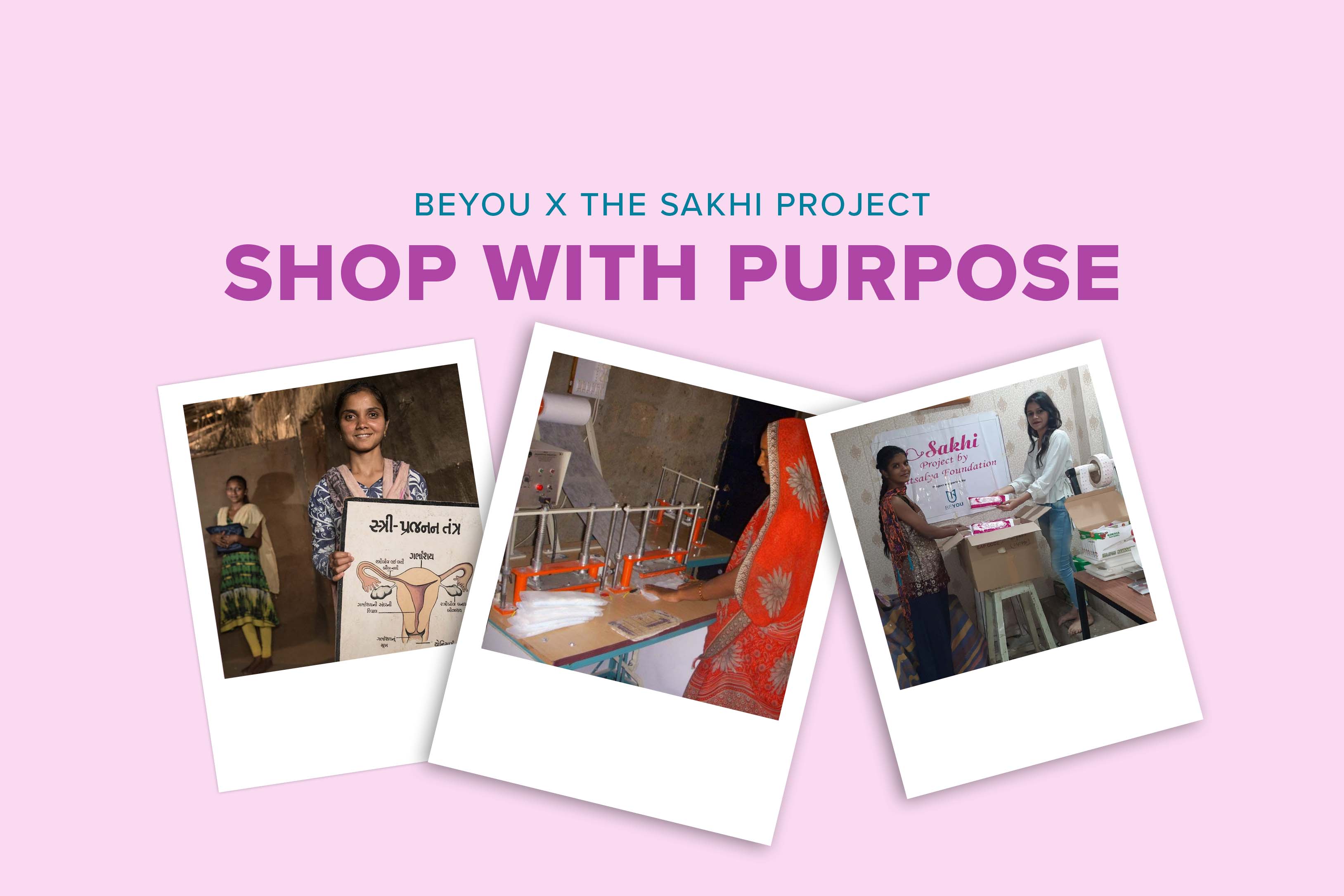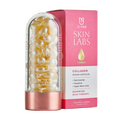The Menstrual Movement: why cups are taking over sanitary products more than ever before
Oct. 29, 2020 kaylee germann
Since the end of the 20th century our knowledge regarding women, biology and menstruation has completely altered.
Suddenly, women all over the world are being encouraged to talk more openly about their periods, when all of the times before it has been seen as a taboo topic – if not more!
As we become more menstrually aware of ourselves and our place in this world as women, so does the world around us. This changing mindset has touched us in many areas of our lives: across social media, the news, in politics, businesses, as well as the products which we still use to this day.

New century. New mindset. New menstrual products
With this new era comes improved knowledge of how we need to take care of our bodies (by avoiding harsh chemicals, materials and putting our personal comfort first) and now our environment too.
Since the start of the 21st century, the menstrual cup has supported this new lifestyle by putting the comfort of all women and menstruators first and using much safer materials which are kind to both our skin and the environment (and even our savings).
Thanks to the medical advances made this century, periods are finally being supported and accepted, one bit at a time!
The regular struggles faced by outdated menstrual products is finally coming to a close. We are starting to realise that a tampon doesn’t have to burn and cause vaginal dryness. Pads that chafe are not normal. Period cramps don’t need to be your best-kept secret. Your period blood isn’t ‘nasty’.

Thoughtful Feminine Care
Femcare is the heart of what we do. BeYou worked with over 1000s of menstrual cup users, to find the most favourable fit, size and design of a menstrual cup.
We decided that after so many inventions have been made for us, it’s time one was created with us! And so came about the BeYou Menstrual Cup!

The BeYou cup is the softest menstrual cup available on the market and was perfectly designed to fit in with you – leaving the natural pH balance of your vagina alone.
Kind to the environment, the BeYou cup can be used for up to 10 years at a time, reducing single-use waste by 9.4kg per person, every decade. Not to mention, how much money is saved each year on the monthly expenses brought on by disposable sanitary products (you'll be saving up to £500)!
Sanitary products from the past
Both pads and tampons were only invented around the time of the 20th century. That seems like a long time to all of us right now, but that means that for over 19 centuries, periods weren’t given much consideration by society or the public.

Sanitary Pads
The solution to the fight for menstrual products began in a rather strange place: the battlefield.
Nurses noticed that the cellucotton bandages used to stop the excessive bleeding caused by war wounds absorbed blood a lot better than cotton did.
This sparked the idea to use the same materials for women’s periods and lead to the invention of the Hoosier sanitary belt back in 1879 – a menstrual pad made from these cellucotton bandages, which was then held together by a type of belt.
This old-fashioned invention was soon replaced, when an adhesive strip was added to the outside of the bandage, making it simpler to attach to your undergarments and turned it into what we now call a disposable sanitary pad.

The tampon
Years later in 1929, a ‘catamenal device’ was developed by Dr Earle Haas, an osteopathic physician. Using a bit of cotton and two cardboard tubes, Dr Haas created what we know as ‘applicator tampons’.
By 1938 this development was trademarked and sold commercially in the U.S under the name ‘Tampax’ and only grew from there.

Was the ‘period problem’ ever solved?
Both pads and tampons have stuck around since then, however, that’s not only due to their success, but also to the fact that menstrual technology came to a bit of a standstill in the 20th century.
It seemed that ‘the problem’ of a period was solved by simply placing a piece of cotton either inside or outside of your vagina, and that was all there could be done about it.
Medical Successes in the last century
The successes within the medical field have had a ripple effect on menstrual cups and menstrual products: providing even safer and more comforting solutions for periods.
Towards the end of the 20th century, the first ever menstrual cup was commercialised and began to see a rise among women, erupting the market when the first silicone cup hit the market at the start of the 21st Century.
Medical-grade silicone
At the start of the 21st century the first silicone menstrual cup was introduced to the market - a huge win for menstrual health, as silicone is hypoallergenic and reduces the risk of infections and diseases, such as Toxic Shock Syndrome.
Medical-grade silicone is a highly flexible product and material that is biocompatible with living tissue, hypoallergenic and long-lasting – characteristics needed both within the healthcare industry and modern lifestyle.

The menstrual cup: the new solution
The menstrual cup wasn’t designed to solve ‘a problem’, but rather to find a solution that fits in with our very own personal needs, which were never considered before.
We see it as a menstrual movement.





